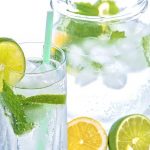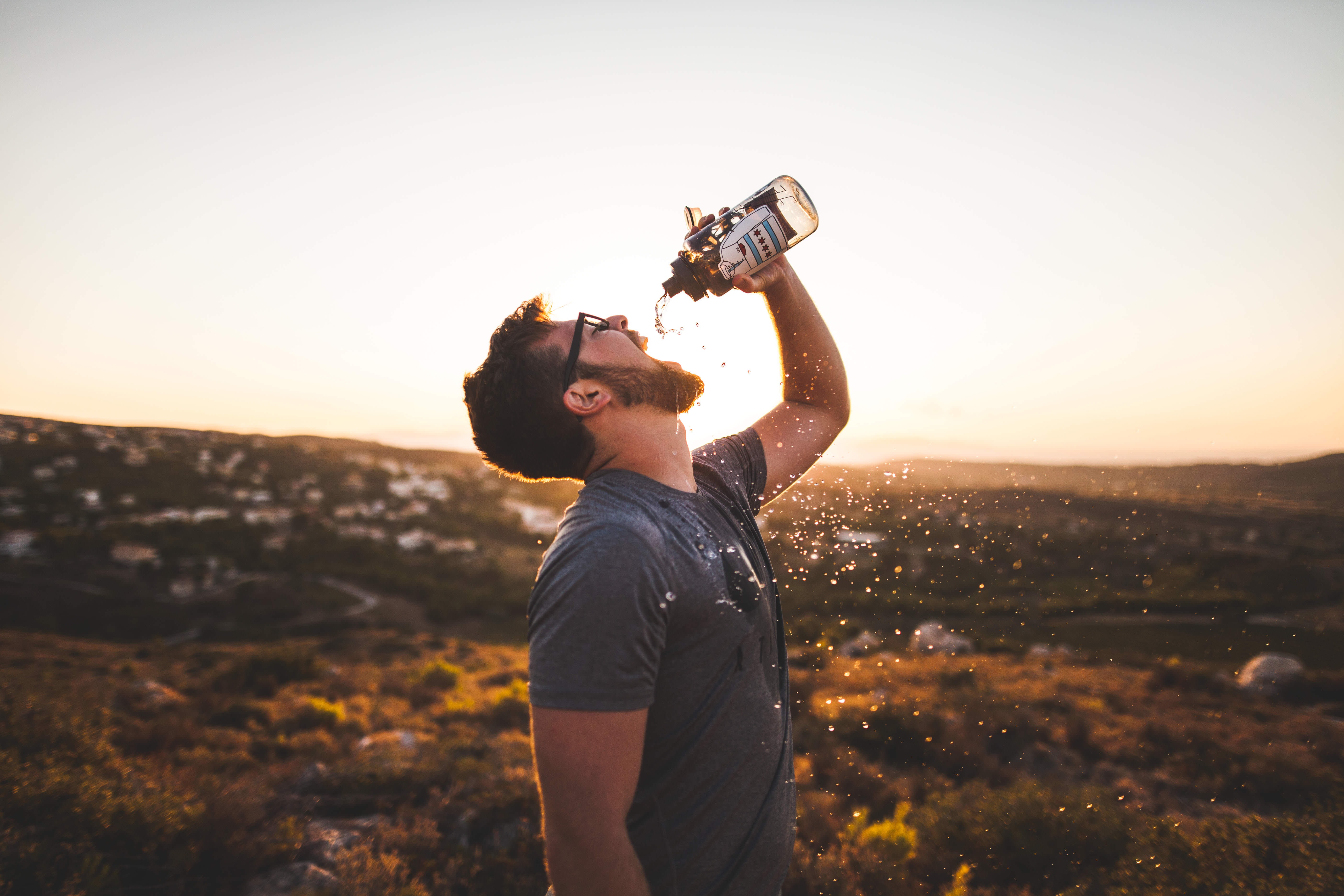
Microplastics have been an ongoing issue for many years but the impact on the environment and ultimately on us was not realised to any extent until fairly recently. Our love of all things plastic has meant that something like 13 million tons of the stuff, from wrappers to bottles and straws is literally dumped anywhere that will take it. An awful lot to be unscientific about it ends up in water courses.
Plastics do not decompose but rather breakdown into ever smaller pieces. One term of particles of a certain size are the microplastics which are posing a severe health risk and pollutant.
Microplastics are found mostly in freshwater and the sea. These microplastics are derived from household waste, agricultural and industrial effluent. As these large, probably whole pieces of plastic age in water, it gradually breaks down and fragments until ultimately, they form these microplastic particles. That process continues onwards. Many of our wastewater treatment processes create them and then reduce them in size further to something called nanoplastics.
The process of fragmentation in the wastewater plant is derived from continuous and frequent collisions between the particles coupled with abrasion. The formation of such small particles reduces the efficiency of waste treatment.
Many wastewater treatment plants rely on membranes to filter out the water leaving the solid materials like plastic behind. Unfortunately, the membrane processes for cleaning water are subject to severe wear and tear. The issue is that microplastics form impenetrable barriers that block membrane surfaces, especially by clogging up the pores. Being abrasive too as particulates, the microplastics also breakdown the membrane surface which damages their integrity. As a result, micro- and nanoparticles escape into ‘clean’ watercourses where they enter our drinking water supplies, into rivers and into process waters used for other purposes.
A recent piece of research published in the journal Water Research between the University of Surrey in the UK and the Deakin’s Institute for Frontier Materials has been published examining the effects of water pollution from plastics (Enfrin et al., 2019). At the moment it is not clear what impact they are having on our health. The use of more robust technologies to deal with the issue is certainly merited.
In some cases it might be possible to use insect larvae like mealworms to literally eat the plastic such as polyethylene and generate biomass. Although what state the excreted plastic is, is anyone’s guess when it goes back into the environment. Trying to get to grips with how nanoparticles impact on organisms of all sizes is perhaps once of the critical fields for research.
Researchers at the Key Laboratory of Environmental Medicine Engineering in Ministry of Education, Medical School, Southeast University, Nanjing, are using the classic nematode, Caenorhabditis elegans to check if nanoparticles cause major issues. In one paper published in Chemosphere (Li et al., 2020), they found that nonopolystyrene was not as a severe in its toxicity as metal oxide nanoparticles.
Until we alter our practices of using plastic for nearly everything, the issue is not likely to go away.
Reference
Enfrin, M., Dumee, L.F., Lee, J. (2019) Nano/microplastics in water and wastewater treatment processes – Origin, impact and potential solutions. Water Res. 161 pp. 621-638 (Article)
Li, D., Ji, J., Yuan, Y., & Wang, D. (2020). Toxicity comparison of nanopolystyrene with three metal oxide nanoparticles in nematode Caenorhabditis elegans. Chemosphere, 245, 125625. (Article)



Leave a Reply